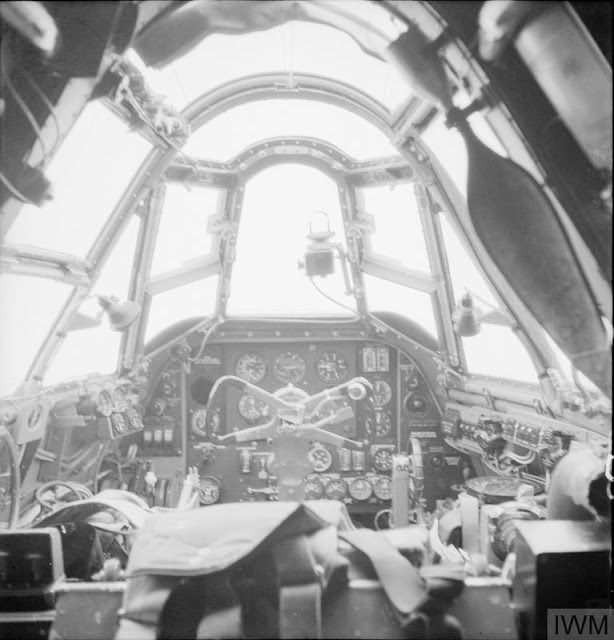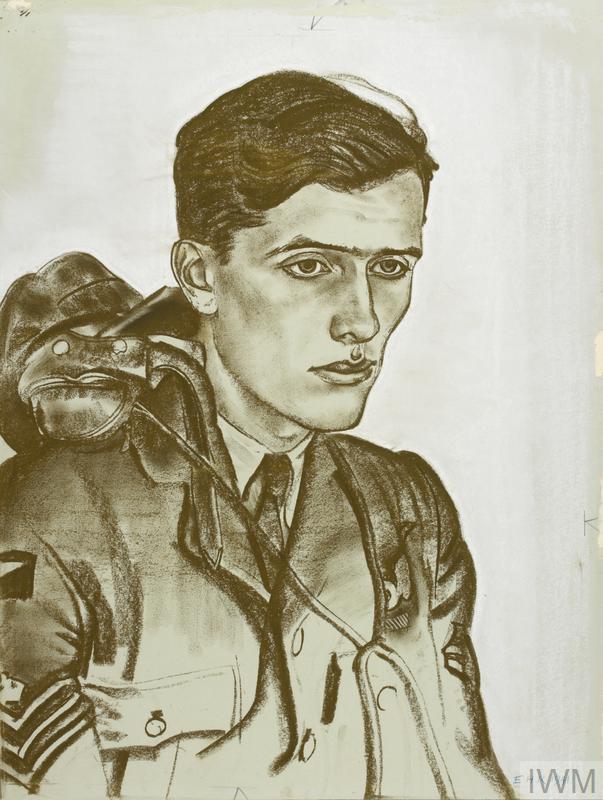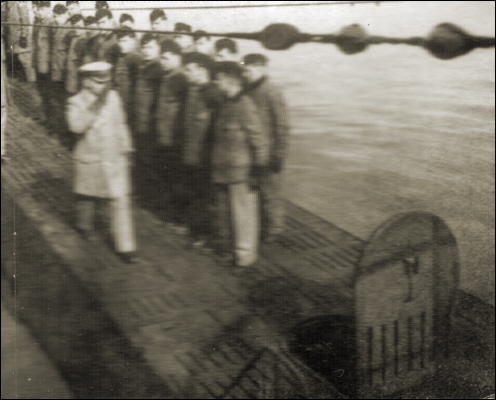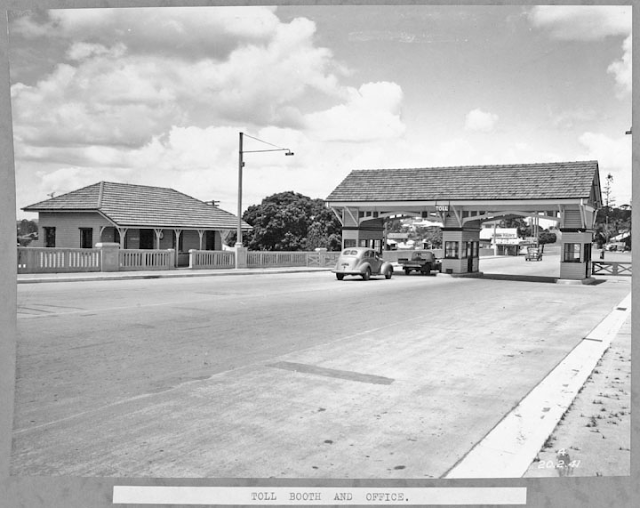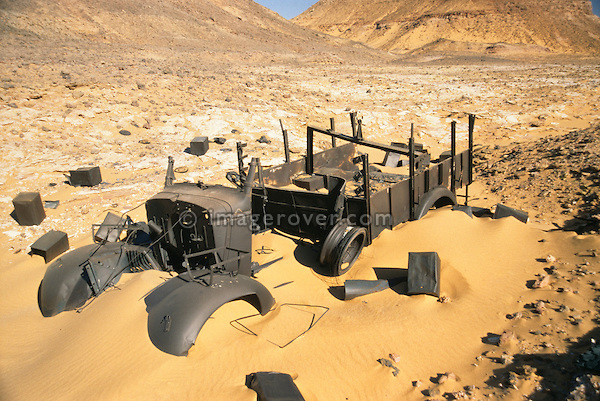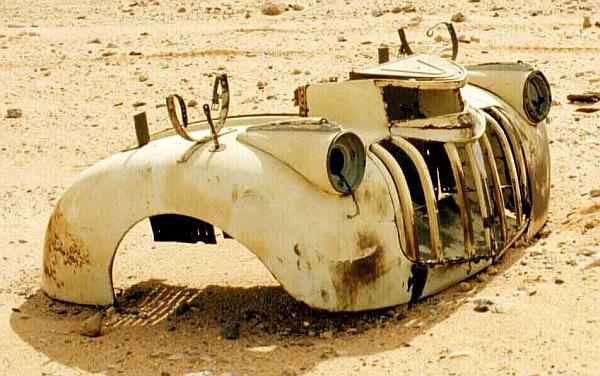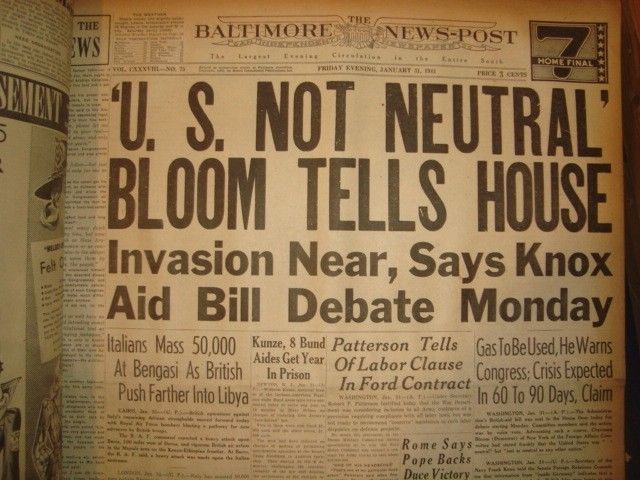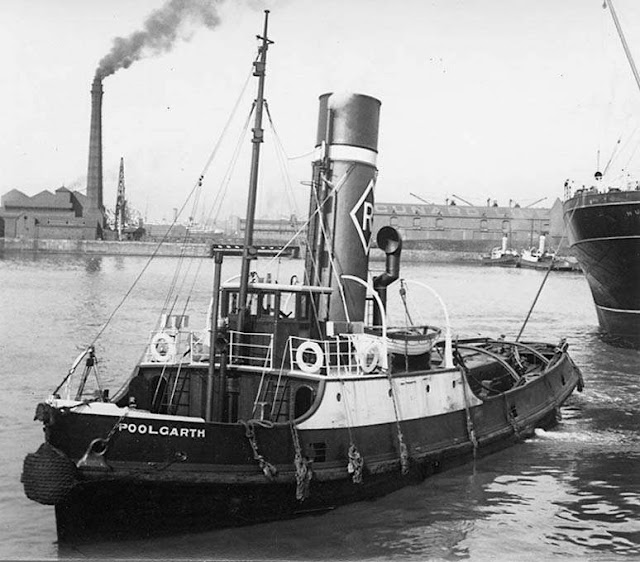Friday 28 March 1941
 |
| "An Italian cruiser (Bolzano?) firing her guns." Battle of Cape Matapan, photograph from attacking RAF plane, 28 March 1941. © IWM (A 9794). |
Operation Lustre, the British reinforcement of Greece, continues. Convoy AN 23 (six Greek and seven British ships) departs from Alexandria for Piraeus.
East African Campaign: The Italians continue withdrawing in Abyssinia. They abandon Diredawa, northwest of Harar, and flee to Addis Ababa.
The Indian 4th and 5th Indian Infantry Divisions continue pursuing the Italians fleeing from their breached defenses at Keren, Eritrea. The Italians have no intention of holding anywhere but do engage in some minor delaying actions when the local geography is favorable. The RAF also attacks the fleeing Italians.
 |
| RAF No. 826 and 829 Squadron Fairey Albacores on board HMS Formidable, morning of 28 March 1941. |
European Air Operations: The Luftwaffe conducts its usual fighter sweeps over England during the day, dropping a bomb here and there. The RAF, meanwhile, sticks to its own agenda of attacking shipping off the Dutch, Belgian and French coasts.
The "Eagle" Squadron, RAF No. 71 Squadron, becomes fully operational. This is staffed by volunteer American pilots.
Battle of the Atlantic: The Luftwaffe attacks 10,683-ton freighter/liner Staffordshire about 150 miles northwest of the Butte of Lewis. The ship is damaged and on fire, so the captain beaches it at Loch Ewe. There are 28 deaths, half crew, and the rest passengers. The ship will be refloated and repaired. There are some relatives of victims who believe that Staffordshire was not attacked by aircraft, but by a U-boat and that the U-boat then surfaced and machine-gunned the survivors. This latter belief has not been verified and may just be misinformation, but is possible. There are many such rumors when information is scarce but very, very few proven instances of this actually happening.
The Luftwaffe bombs and sinks 364-ton Dutch freighter Antwerpen at the mouth of the Bristol Channel off of Lee. There are three deaths.
The Luftwaffe bombs British 75-ton trawler Kestrel and gets a near miss. The concussion causes the ship to draw water, and the captain must beach it on Lundy Island. While the damage is not severe, the weather turns foul and the ship is lost.
British 925-ton freighter Olivine sinks in the Bristol Channel/St. George's Channel area of unknown causes. Nobody survives.
Norwegian 341-ton fishing trawler Borgund disappears in the North Atlantic after departing Reykjavik, Iceland bound for Scrabster, Scotland. All 13 men on board are never seen again. The Borgund, incidentally, was the ship that rescued 39 men from Royal Navy aircraft carrier HMS Glorious after it was sunk by German cruisers Scharnhorst and Gneisenau.
Norwegian submarine B1 collides with 518-ton anti-submarine trawler Lady Elsa near Campbelltown. The submarine is damaged and must return to port.
Three Royal Navy destroyers (HMS Icarus, Impulsive and Intrepid) lay minefield GX in the English Channel, while submarine HMS Cachalot lays minefield FD 32 off Bayonne.
Convoy OB 303 departs from Liverpool.
The Italians spot Vice-Admiral Pridham-Wippell's cruiser squadron south of the Greek island of Gavdos, south of Crete. Iachino gives chase, but no hits are made. A cat-and-mouse game follows, with first the Italians following the Royal Navy cruisers, and then the Royal Navy cruisers following the Italian ones.
At 09:38, Pridham-Wippell orders an attack by Fairey Albacore torpedo bombers from HMS Formidable. Both sides spend the rest of the morning and early afternoon repelling air attacks.
Finally, at 15:09, the British draw first blood, torpedoing Italian battleship Vittorio Veneto. Admiral Iachino, who is on board, immediately heads back to Italy. More air attacks follow, but the Italians avoid most of them.
Iachino leaves his 1st Division of cruisers Fiume, Pola, and Zara to cover the withdrawal. Just before dark, the British torpedo cruiser Pola, disabling it. It comes to a dead stop, with no electricity to run the guns. Iachino sends back the Fiume and Zara to support the Pola while he continues back to port. Admiral Carlo Cattaneo, searching for the Pola, blunders into the advancing Royal Navy fleet.
The British creep up unobserved during the night, guided by radar. When they are within 2800 yards/meters, they turn on their searchlights and open fire with all their guns. The Italians are taken by complete surprise and never even fire a shot - the Fiume and Zara sink quickly, the Fiume at 23:30, the Zara at 02:40 on the 29th when a Royal Navy destroyer finally torpedoes the blazing hulk.
The British find the disabled Pola and are bemused by its plight. It seems a pity to simply sink it. After considering simply sinking it with a torpedo, the British instead decide to board it and see what they can get from it. Using cutlasses for the last time in Royal Navy history, a British boarding party and make off with some Breda anti-aircraft machine guns and capture 257 (very grateful) crewmen. Not long after, the British sink the Pola at 04:00. The British also sink destroyers Vittorio Alfieri and Giosue Carducci and damage destroyer Oriani.
While Iachino makes it back to port in his battleship, he loses three cruisers, two destroyers and hands the Royal Navy an absolute victory. The Italians lose about 3000 men, the British barely any. Among the dead is Italian Admiral Cattaneo.
Royal Navy submarine HMS Utmost (Lt. Commander Cayley) intercepts an Italian/German convoy bringing General Rommel supplies and troops. Operating off Kerkennah, Cayley torpedoes and sinks 1927-ton German freighter Heraklea and damages 5954-ton German freighter Ruhr. The Ruhr returns to Trapani.
Italian 428-ton trawler Maremola sinks from unknown causes near Misurata.
Italian torpedo boat Generale Antonio Chinotto hits a mine and sinks off Palermo west of Sicily. This is one of the mines laid recently by Royal Navy submarine HMS Rorqual (Lt. Commander Dewhurst).
The Afrika Korps diary entry for today: "Nothing new."
At Malta, the troops are placed on high alert in expectation of an Italian invasion on the 29th. There is an air raid alert during the night that hits numerous spots across the island, including airfields at Hal Far and Kalafrana.
Oblt. Muncheberg of JG 26 downs a Hurricane over Malta for his 33rd victory.
 |
| This Fairey Albacore Mark I of RAF No. 826 Squadron is the first plane to take off from HMS Formidable on the morning of 28 March 1941. |
US/Australian Relations: Rear Admiral John H. Newton takes his cruiser squadron from Brisbane, Australia to Suva, Fiji Islands. It has been a seminal moment in US/Australian relations, building a lot of goodwill that will come in very useful.
US/Greek Relations: President Roosevelt lifts an embargo of 30 Grumman F4F Wildcat fighters ordered by Greece.
Applied Science: Scientists at UC Berkeley, under the direction of Ernest O. Lawrence and Glenn T. Seaborg, demonstrate that Plutonium -239 undergoes fission with slow neutrons with a large probability. This fission makes an atomic bomb possible.
 |
| Hurricane V7430, piloted by Pilot Officer R.J. Goode, is shot down on 28 March 1941 in Pwales Valley, Malta. Goode apparently is the 33d victim of Luftwaffe ace Joachim Müncheberg of JG 26. |
German Military: In a ceremony that receives extensive coverage in the German media, Adolf Hitler awards test pilot Hanna Reitsch the Iron Cross Second Class. She is the first woman ever to receive the Iron Cross - and she isn't even in the Wehrmacht, she is a private citizen.
China: As the Japanese continue slowly withdrawing from Shanggkao, the Chinese 19th Army Group of the 9th War Area recovers Kuanchiao.
Holocaust: German "racial theorist" Alfred Rosenberg gives a radio speech from Berlin. The occasion is the opening of the Institute for the Exploration of the Jewish Question in Frankfurt. This speech is entitled "The Jewish Question as a World Problem." He views the solution as "Aussiedlung," or resettlement. Rosenberg mentions Madagascar as a possible destination. He calls the current conflict a "war of encirclement of Jewish-British finance" and says that Germany must fight to abolish "indentured servitude and slavery [of the German Volk (people)] for the Jewish and non-Jewish financiers and world bankers."
Yugoslavian Homefront: King Peter makes a triumphal visit to the Serbian Orthodox Church cathedral in Belgrade, where he swears his fealty to the constitution, taking the oath of King of Yugoslavia in the presence of the Patriarch. This somewhat settles the populace after the coup of the 27th.
South African Homefront: South African Airways Lockheed Model 18-08 Lodestar, msn 18-2034, registered ZS-AST, crashes while en route from Windhoek, Namibia to Cape Town. The plane flies into the mountains at Elands Bay. All ten aboard (four crew, six passengers) perish.
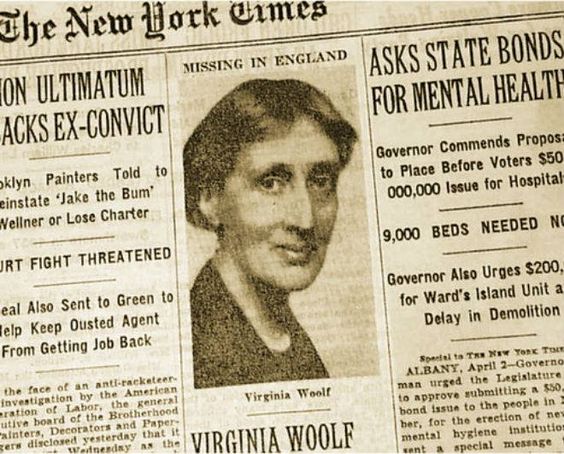 |
| Virginia Woolf is "Missing in England" for the time being. She has committed suicide on 28 March 1941. |
Visiting Australian Prime Minister Menzies attends a conference at the Department of Information, led by Minister Duff Cooper. Menzies records in his diary that they have a frank discussion about censorship, which among other things means making sure that the BBC does not scoop official government announcements. Menzies, always a bit catty, provides a capsule description of Duff Cooper:
Duff Cooper presides with dullness and disinterest. A queer fellow, with a dead face and I should think great gifts of indolence.That, incidentally, is far from the least-flattering description of someone in Menzies' diary.
American Homefront: Workers begin clearing trees from a large tract of land near Ypsilanti, Michigan. This is to be the site of the Ford Motor Company's Willow Run plant. The factory will cover 3.5 million square feet and employ 42,000 people.
Republic Pictures releases 'The Adventures of Captain Marvel. The first superhero film, it is the first in 12 chapters and stars Tom Tyler as Captain Marvel and Frank Coghlan, Jr. as his mild-mannered normal self. The series follows the adventures of the title character as depicted in Fawcett Comics comic books Whiz Comics and Captain Marvel Adventures.
 |
| Erika Helmke, Filmwelt Magazine Cover, 28 March 1941. |
March 1941
March 1, 1941: Rettungsboje
March 2, 1941: Oath of Kufra
March 3, 1941: Germans in Bulgaria
March 4, 1941: Lofoten Islands Raid
March 5, 1941: Cooperation With Japan
March 6, 1941: Battle of Atlantic
March 7, 1941: Prien Goes Under
March 8, 1941: Cafe de Paris
March 9, 1941: Italian Spring Offensive
March 10, 1941: Humanitarian Aid
March 11, 1941: Lend Lease Becomes Law
March 12, 1941: A New Magna Carta
March 13, 1941: Clydeside Wrecked
March 14, 1941: Leeds Blitz
March 15, 1941: Cruisers Strike!
March 16, 1941: Kretschmer Attacks
March 17, 1941: Happy Time Ends
March 18, 1941: Woolton Pie
March 19, 1941: London Hit Hard
March 20, 1941: Romeo and Juliet
March 21, 1941: Plymouth Blitz
March 22, 1941: Grand Coulee Dam
March 23, 1941: Malta Under Siege
March 24, 1941: Afrika Korps Strikes!
March 25, 1941: Yugoslavia Joins The Party
March 26, 1941: Barchini Esplosivi
March 27, 1941: Belgrade Coup
March 28, 1941: Cape Matapan Battle
March 29, 1941: Lindbergh Rants
March 30, 1941: Commissar Order
March 31, 1941: Cookie Bombs
2020

